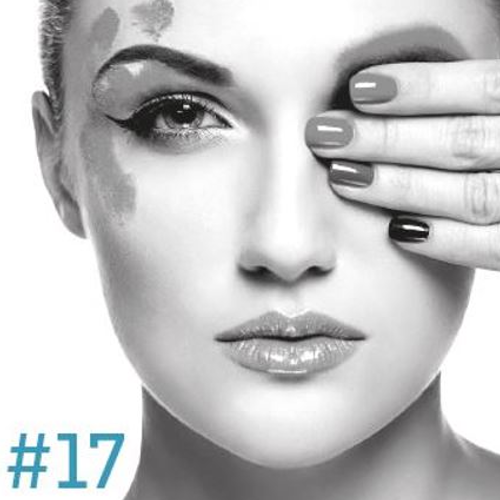Nails of a composition similar to that of hair does not grow and do not fall out! They grow steadily from 2 to 3 mm per month for those of the hands, with a slowing of their growth speed at the end of life. The rounded, or rather square-shaped nail is a keratinized terminal skin appendage; it is a hard and insensitive part of the finger that performs several functions. Slightly bulging and translucent, it protects the vulnerable end of the fingers from shock and cold and allows precisely gripping of small objects. The nail tool grips, pinches, scrapes, but, above all, it ensures a tactile sensitivity and communicate one’s social status as a cosmetic organ. Healthy nails have a smooth, pink, and translucent ungual surface, both hard and supple.
Composition: From Ungual Bed to Lunula
Nails are made up of a protein called keratin, which is continuously produced by certain specialised skin cells. These cells produce and store keratin, then they die and harden.
• Ungual bed: epidermis under the nail,
• The nail matrix: visible part, appears under the visible epidermis at the nail base, whose deep layer is highly vascularized.
• Ungual or paronychium bulge: a fold of skin that surrounds the nail on each side,
• Cuticle or eponychium: at the base of the nail, it protects its end against germs.
• The lunula: white part in the shape of a half-moon.
A 3 layers structure
The nail’s unique properties, particularly its thickness and relatively compact construction, make it a formidable barrier to the entry of topically applied agents. In total, the human nail plate thickness is approximately 0.5 mm for fingernails and up to 1.3 mm for toenails:
• The dorsal layer is a dense, hard outer layer of cornified keratin only a few cells thick (approximately 200 μm).
• The intermediate layer of softer keratin constitutes roughly 75% of the plate’s thickness.
• Below that is the ventral layer of soft keratin a few cells thick that connects to the nail bed below.
What claims can be measured from the effect of nail products? Whether it is varnished, base, cream, handling treatment is mostly related to improving:
• their appearance: smoother, more regular nails, nails hydrated, less dull.
• their biomechanical properties: fortifies, nourishes, hardens and strengthens their resistance, improves brittle, soft, fragile, split or damaged nails.
• their growth,
• their appearance: long hold, shiny effect, resistance to wear.
Overall, nail products gather a myriad of claims.
Skinobs’ Clinical Testing platform database includes more than 36 biometrological assessment methods, including clinical scorching assessments, consumer and self-assessments, or sensory analysis tests.











 Follow us on Linkedin!
Follow us on Linkedin!
You must be logged in to post a comment.